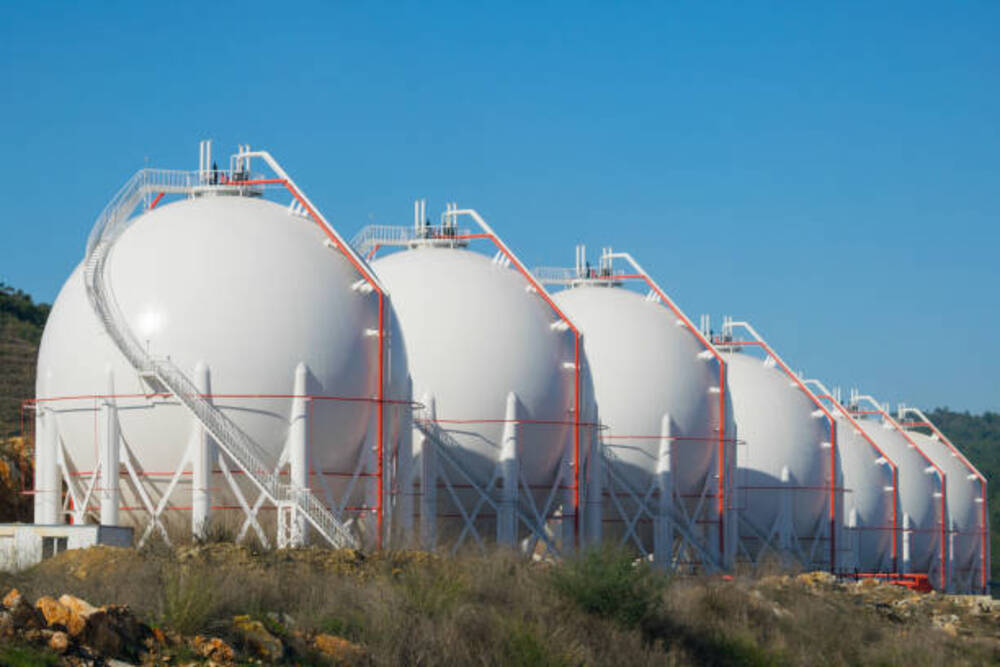Yaoyu Zhang, General Manager of Global LNG and New Energies at PetroChina International, predicts that as China’s economy improves this year, demand for LNG and natural gas will rise.
Spot pricing will determine whether or not the nation imports more liquefied natural gas (LNG).
China’s LNG imports drop nearly 20% in 2022
China’s liquefied natural gas imports suffered a significant decline of nearly 20% in 2022, dropping to 63.4 million tons. As a result, China was pushed down to become the world’s second-largest LNG buyer, behind Japan. This was a significant shift from its position as the world’s largest LNG buyer for the past two years.
The decline in China’s LNG imports was mainly attributed to two factors: zero-COVID lockdown measures and high spot prices that hit demand.
China imposed strict lockdown measures in 2022 to curb the spread of COVID-19, which led to a decrease in industrial activity and reduced demand for natural gas. Additionally, the high spot prices of liquefied natural gas made it more expensive for Chinese buyers to import, prompting many of them to turn to cheaper alternatives.
The decrease in LNG imports affected the global liquefied natural gas trade, as China is one of the world’s largest consumers of LNG. The drop in demand from China caused a surplus of LNG supply in the market, leading to a decline in global LNG prices. This, in turn, impacted LNG producers and exporters worldwide, who had to cope with lower prices and reduced demand.
LNG and natural gas consumption to recover
The decline in China’s liquefied natural gas imports was a setback for the LNG industry, which had been banking on China’s continued growth in demand to fuel the industry’s growth.
However, experts predict that China’s demand for liquefied natural gas is likely to recover in the future. Especially as the country seeks to transition to cleaner energy sources. The country has set ambitious targets for reducing its carbon emissions. This could increase the demand for natural gas as a substitute for coal.
The decline in China’s liquefied natural gas imports in 2022 highlights the challenges and uncertainties facing the global LNG industry. The industry must navigate shifting demand patterns, fluctuating prices, and changing environmental regulations to ensure its long-term sustainability.
They anticipate that this year’s natural gas consumption would be higher than it was in 2022. According to data from China’s National Development and Reform Commission, the country’s apparent gas consumption was 366.3 billion cubic meters in 2022. It is a 1.7% decrease from the previous year.
The price level on the spot market determines purchases
As China’s economic activity ramps up following the end of lockdowns, the International Energy Agency has said that its domestic liquefied natural gas demand could increase by 10% this year. However, Zhang remained cautious with predictions.
Zhang stated that depending on the price level in the spot market, they will adopt a similar strategy this year. They do not anticipate a speedy recovery of the liquefied natural gas purchases in China. It depends if the spot liquefied natural gas prices remaining high like they were last year.
Russia to remain a key supplier
Russia is one of the key sources of pipeline and liquefied natural gas supplies to China. Despite Moscow’s decision to send soldiers to Ukraine last year, the nations are still strong allies. The military action by Russia has not been referred to as an invasion by Beijing.
Zhang pointed out that PetroChina, through CNPC, is a partner in the Russian projects Yamal LNG and Arctic LNG 2. It purchases Russian gas through pipelines. As there are no LNG-related sanctions, he anticipates that the partnerships will endure.
Given the downturn in its once-important European market, Russia aims to enhance pipeline gas exports to China via new routes.

